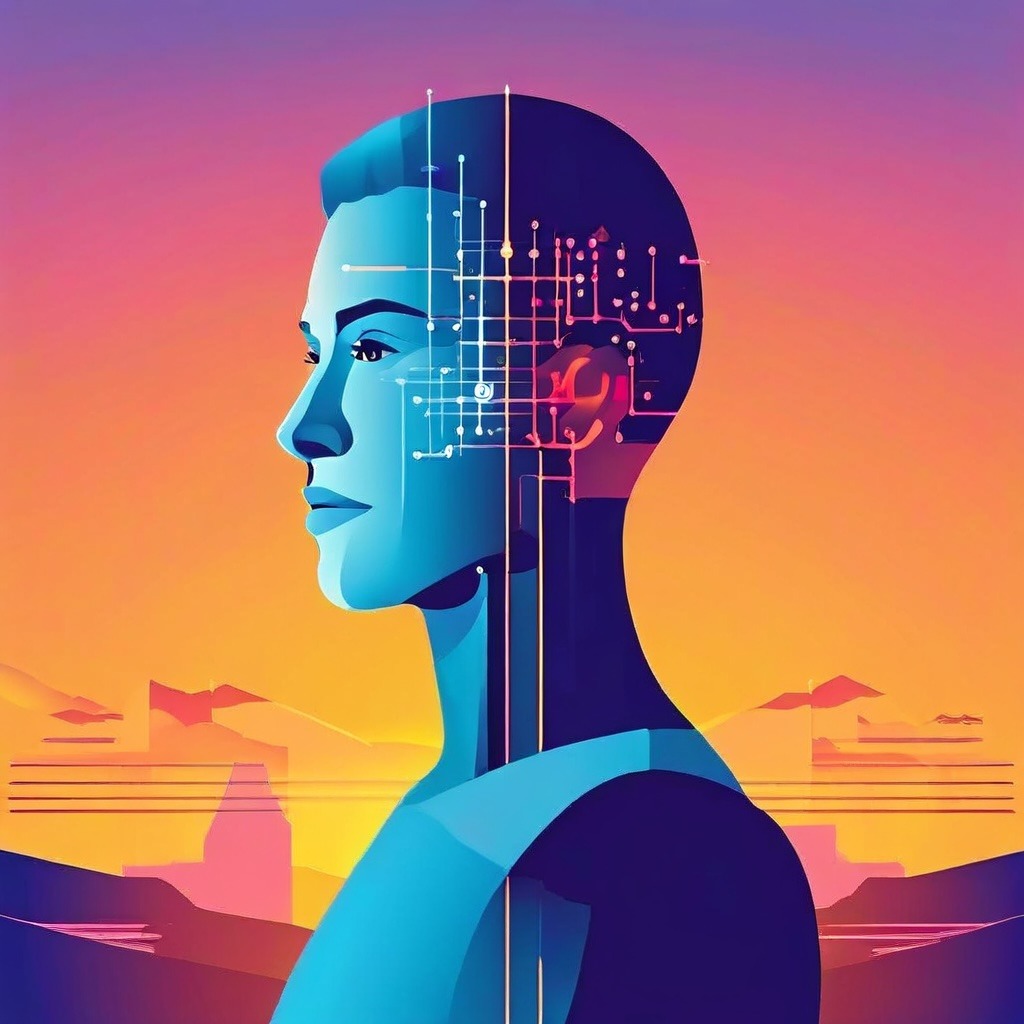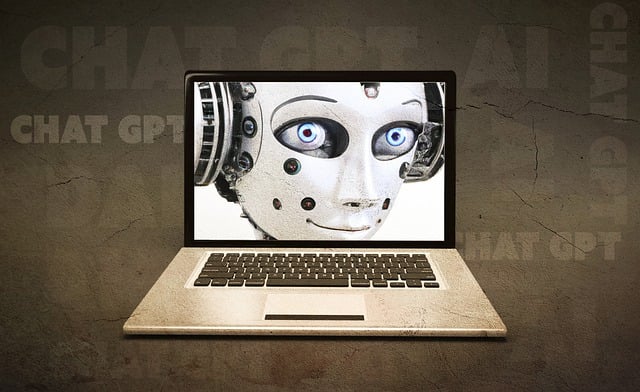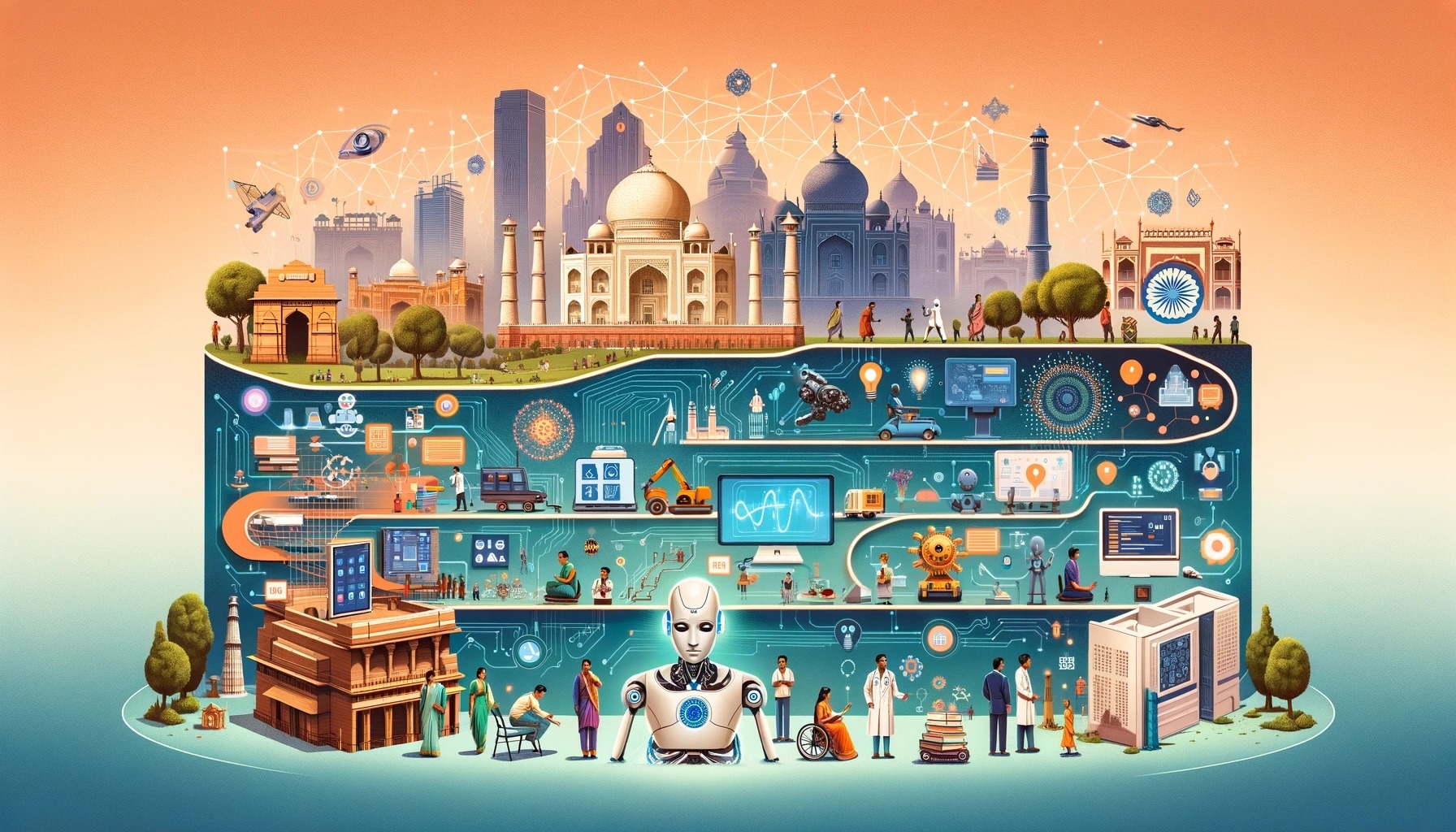Sora is an AI model that can create realistic and imaginative scenes from text instructions
In a blog post from OpenAi, they describe the development and capabilities of Sora, a text-to-video model designed to understand and simulate the physical world in motion. Sora is an advanced AI model capable of generating videos up to a minute long with high visual quality and adherence to user prompts. This model represents a significant step in AI’s ability to interact with and represent real-world scenarios, aiming to assist in solving problems that require real-world interaction.
Sora’s capabilities are illustrated through various prompts, demonstrating its ability to generate complex scenes with vivid details and emotions. For instance, it can create scenes of a stylish woman walking through neon-lit Tokyo streets, wooly mammoths in snowy landscapes, and intricate animations like a fluffy monster beside a candle. These examples showcase Sora’s proficiency in rendering diverse scenarios, from realistic wildlife to imaginative, animated characters.
Moreover, Sora has been made available to red teamers for assessing potential risks and harms, and to visual artists, designers, and filmmakers for feedback on enhancing its utility for creative professionals. This approach is part of a broader strategy to engage with external parties and gather diverse insights on AI development.
Despite its advanced capabilities, Sora has certain limitations. It may struggle with simulating complex physics accurately, understanding cause and effect in specific scenarios, or maintaining spatial details consistently. For example, it might not show a bite mark on a cookie after being bitten, or it could have issues with depicting the correct left-right orientation in scenes.
To ensure safety and responsible use, several measures are being implemented. These include working with domain experts to test the model for potential misuse in areas like misinformation and bias. Additionally, tools are being developed to detect misleading content and incorporate metadata for authenticity verification. Sora also benefits from safety methodologies developed for DALL·E 3, such as text classifiers to reject inappropriate prompts and image classifiers to review video frames for policy adherence.
The model’s technical foundation is noteworthy. Sora is a diffusion model, starting with a static noise-like video and progressively refining it. It utilizes a transformer architecture similar to GPT models, representing videos and images as patches, analogous to tokens in GPT. This approach enables training on a wide range of visual data with varying durations, resolutions, and aspect ratios. Sora also incorporates DALL·E 3’s recaptioning technique, enhancing its ability to follow textual instructions accurately.
In addition to generating videos from text instructions, Sora can animate still images and modify or extend existing videos, showcasing its versatility and attention to detail. The development of Sora is seen as a foundational step towards models that can fully understand and simulate the real world, a crucial milestone in the pursuit of Artificial General Intelligence (AGI).
Read the full blog post HERE





